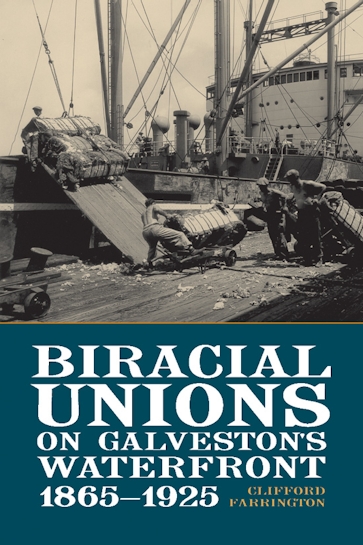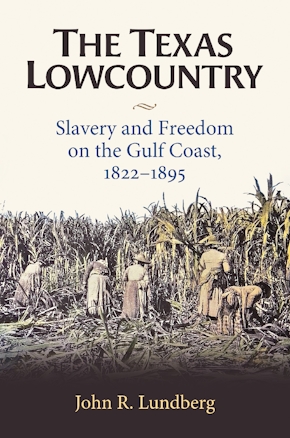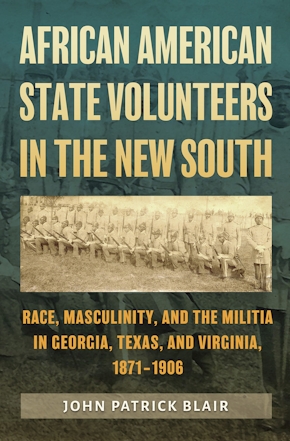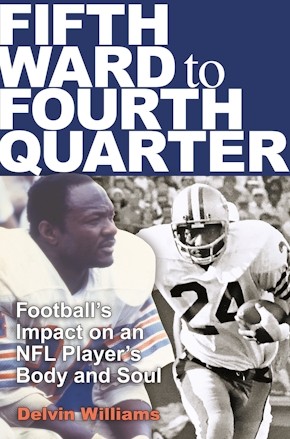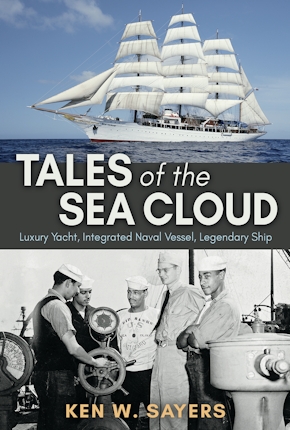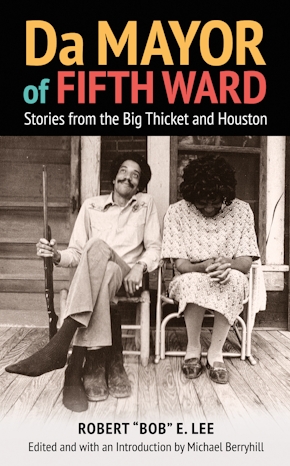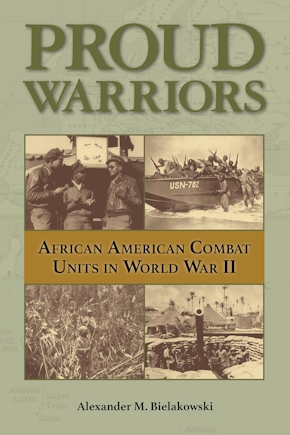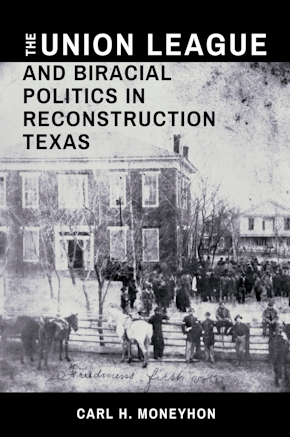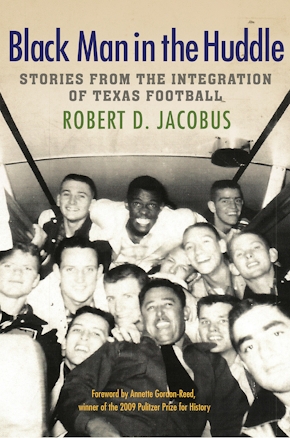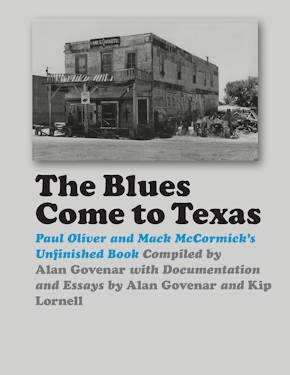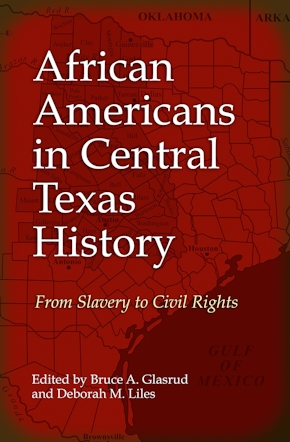Biracial Unions on Galveston’s Waterfront, 1865-1925
978-0-87611-217-5 Cloth
0 x 0 x 0
300 pp.
Pub Date: 12/12/2007
Available
BUY NOW
- Cloth $29.95
In the late nineteenth and early twentieth centuries, a tradition of biracial unionism sprang up among waterfront workers along the Gulf Coast. Galveston’s waterfront workers formed some of Texas’ earliest and strongest labor organizations in an era when the city was a leading seaport and the most important commercial center in Texas.
Foremost among these workers were the white cotton screwmen, whose skill and economic importance in the loading of cotton enabled them to control the labor supply as well as wages and working conditions. As the importance of cotton screwing declined in the 1890s, white and black union leaders, if not all rank-and-file members, began to recognize the advantages of biracial unionism at a time when southern states began to enact Jim Crow laws.
This history of a particular laboring community studies black and white workers’ consciousness and how the conflicts between race and class were worked out in practice, adding to our knowledge of race and the labor movement, the course of biracial unionism in the South, and Texas labor history.
Foremost among these workers were the white cotton screwmen, whose skill and economic importance in the loading of cotton enabled them to control the labor supply as well as wages and working conditions. As the importance of cotton screwing declined in the 1890s, white and black union leaders, if not all rank-and-file members, began to recognize the advantages of biracial unionism at a time when southern states began to enact Jim Crow laws.
This history of a particular laboring community studies black and white workers’ consciousness and how the conflicts between race and class were worked out in practice, adding to our knowledge of race and the labor movement, the course of biracial unionism in the South, and Texas labor history.
About the Author
Published by Texas State Historical Assn
